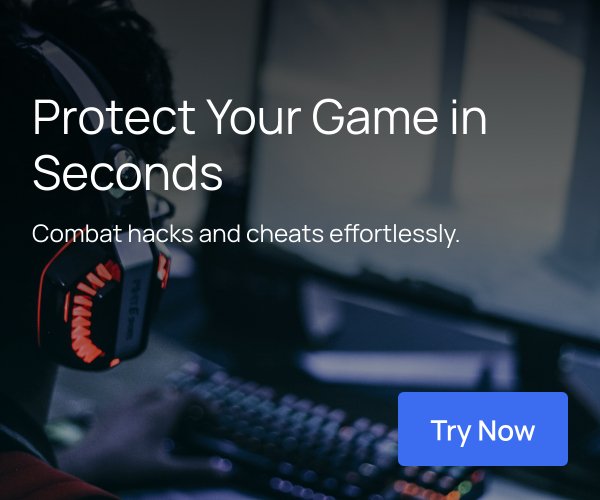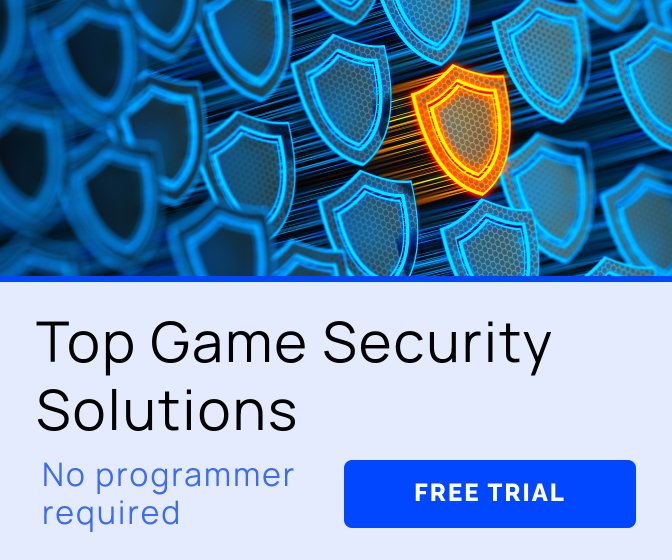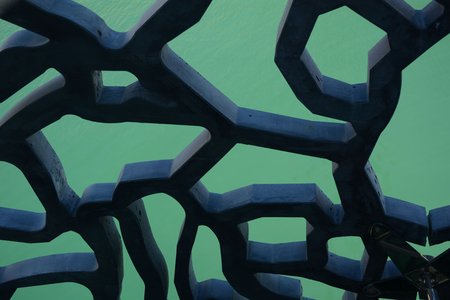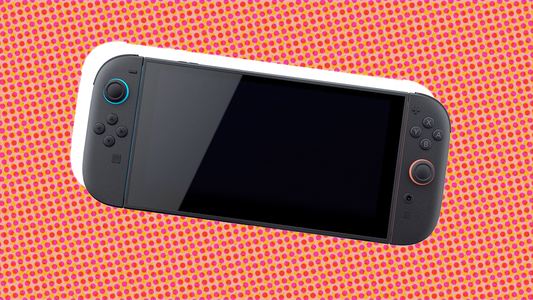
Behavioural Economics is a fascinating offshoot of economics, which explores psychology of decision making process of customers.
Over the years I have been testing and reviewing numerous mobile games and apps in different genres. While I enjoy deconstructing and analysing different aspects of the digital products, on-boarding, core loop, social, meta, PvP etc. Monetisation patterns employed are of special interest to me due to my background in economics.
Here are 5 unconventional monetisation patterns that differ from the crowd but work incredibly well, each based on a sound behavioural economics principle.
But before we dive into what these patterns are, let's understand the underlying Behavioural Economics Principles and how they apply to these unconventional patterns.
What is 'Behavioural Economics'?
The study of psychology relating to the economic decision making processes of individuals and institutions.

Consumer spending is inversely proportional to buying pain, which reflects how much pain spenders feel after parting with a dollar (or any other currency unit amount)
BE divides consumers in to 3 distinct categories, based on how much buying pain they endure while spending.
Tightwads (24%): These customers spend less on average before they hit their pain limits.
Unconflicted (60%): These are your average spenders.
Spendthrifts (15%): These customers spend more on average before they hit their pain limits.

Studies prove nearly a quarter of buying pool is 'Tightwads', these customers have a very low threshold for spending due to high buying pain sensitivity. This spread is even more skewed in free to play games where only 1% of your player base actually opens their wallet!
Question: How do we reduce 'buying pain' for tightwad customers?
Answer lies in various principles BE provides by making the product's cost less painful, as we will see below:

1) DECOY EFFECT - Price anchoring
A customers decision making changes depending on the decoy thrown into the mix.
Choices often occur relative to what is on offer rather than based on absolute preferences. The decoy effect is technically known as an ‘asymmetrically dominated choice’ and occurs when people’s preference for one option over another changes as a result of adding a third (similar but less attractive) option.
Below is a short video to understand Decoy Effect in a nutshell:
<iframe title="YouTube video player" src="//www.youtube.com/embed/wxXwsCmWakM?rel=0&enablejsapi=1&origin=https%3A%2F%2Fwww.gamedeveloper.com" height="100%" width="100%" data-testid="iframe" loading="lazy" scrolling="auto" class="optanon-category-C0004 ot-vscat-C0004 " data-gtm-yt-inspected-91172384_163="true" id="72963658" data-gtm-yt-inspected-91172384_165="true" data-gtm-yt-inspected-114="true"></iframe>
Basically, if people are given options to purchase a large popcorn for $7 and small popcorn for $3, people will purchase as per their normal preference. But if we introduce a 3rd medium popcorn option for $6.50 (which is marginally better in terms of value/volume than the lowest price but inferior in value to the highest price option) It will shift peoples' focus from low cost value to purely the comparison between the decoy and the highest priced option.

People feel they can get way more value by paying just marginally more and therefore feel smart about it.
Anchors distract customers' attention to the option companies want them to buy whilst giving feeling of satisfaction of having outsmarted the system.

In the example above, both options B and C are actually decoys to up-sell option A, which provides value offered by both the packs for mere $3 more - which is a no brainer for the customers.
Many mobile game shops use this kind of decoy anchoring to sell high value price points. For example: 'Diamond Digger Saga', 'Farmville 2' - when player clicks on the shop, he is only shown 3 options upfront which use decoys to anchor player preferences.


This helps reduce choice bias by not offering players an overwhelming number of options which can lead to choice paralysis and help conversion by using of decoy anchoring.
Notice in both the above screens, there are "More offers/packages" buttons which range from 5 to 10 offers, but for decoy effect only 3 are shown upfront.
Need more proof? See how Hearthstone utilises this strategy well, here



































